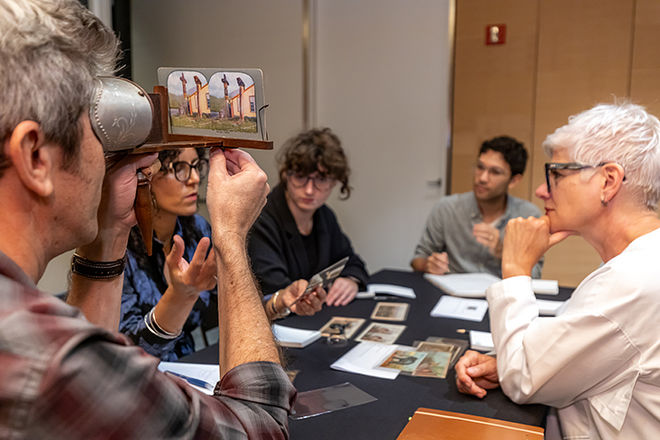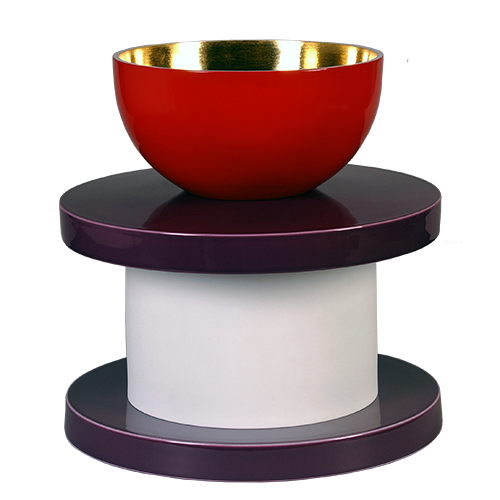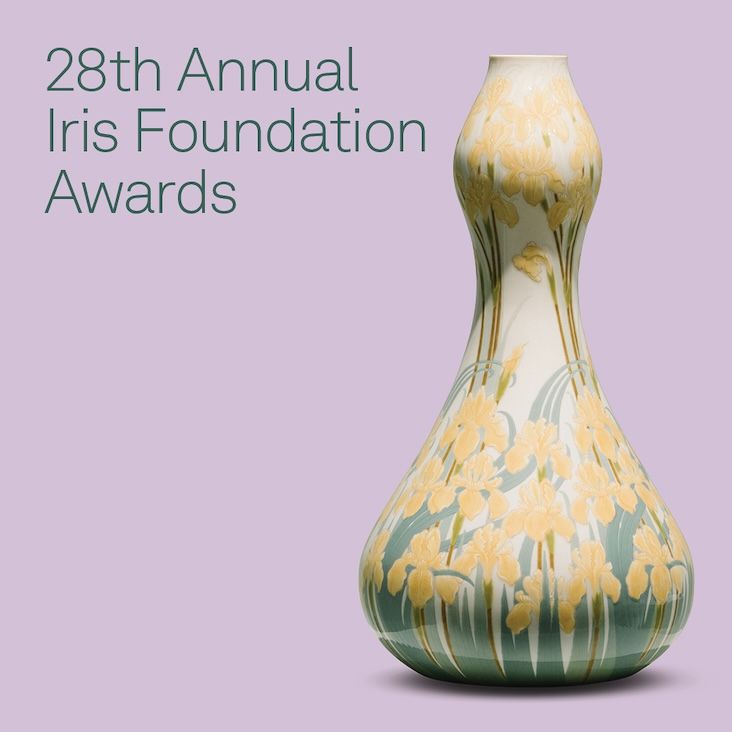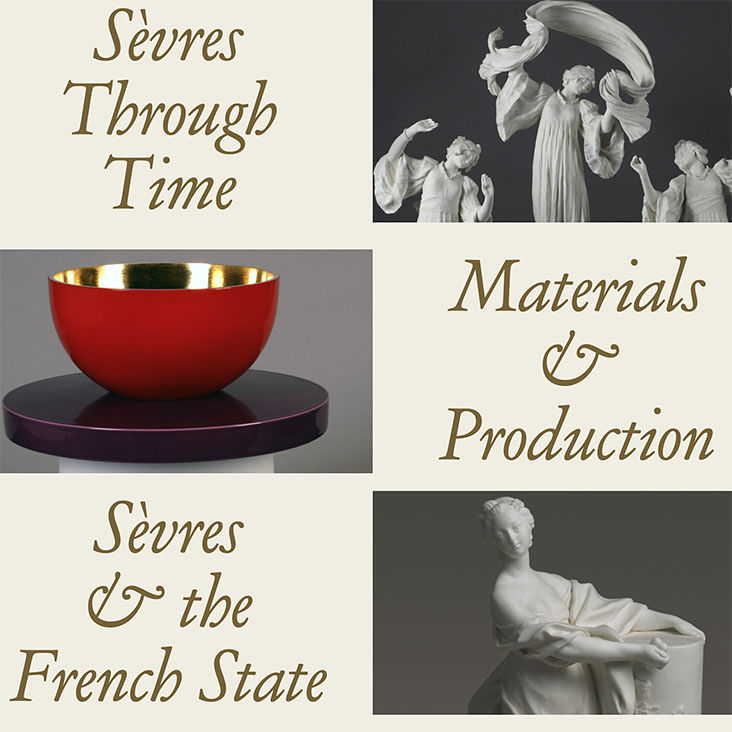Sarah M. Guérin gave a Brown Bag Lunch presentation on Monday, March 21 at noon. Her talk is entitled “Climate and Commodities: Material Exchanges between West Africa and Europe, 1000–1300.”
At Bard Graduate Center, Guérin will speak about a new aspect of her research, focusing on provisioning of ivory for the trans-Saharan trade and the networks that existed within sub-Saharan West Africa that responded to both local and interregional concerns. The trade in raw materials has recently become one of the chief interests in medieval art history. Whether it is the source of lapis lazuli in Afghanistan, of Merovingian garnets in Sri Lanka, or of peridots for the Cologne Three Kings shrine from the Red Sea Island of St. John’s (Zabargad), these materials stand as witnesses to extensive networks of trade and interaction in the Middle Ages. Elephant ivory is key among these materials in testifying to the important role sub-Saharan Africa played in the global exchange systems of the Middle Ages. While Guérin’s previous work has mapped the routes taken by elephant ivory to reach the workbenches of Western European artisans, in this talk she will also explore the materials imported in return, and the uses to which these materials were put in contemporaneous West African cultural production. Emblematic of this exchange is the juxtaposition between the statuette of the Virgin and Child carved of African elephant ivory in the years around 1270 and the seated figure of Tsoede, from the Village of Tada in Nigeria, caste from nearly pure copper likely mined in Spain or Southern France.
Sarah M. Guérin is Assistant Professor of Medieval Art at the University of Montreal. Before arriving in Montreal, she held postdoctoral fellowships at Columbia University and the Courtauld Institute of Art. Guérin is a specialist in medieval ivory carving, and her approach marries an interest in the function and meaning of carved ivories in their European contexts with a deep interest in the global economic structures that allowed the raw material, African elephant tusks, to arrive on European shores. Her work has appeared in such journals as the Art Bulletin, Burlington Magazine, the Journal of Medieval History, and West 86th. A catalogue of the Gothic ivories at the Gulbenkian Museum, Lisbon, for which she wrote the text, was recently published, and she is currently working on a monograph on Gothic ivories called Ivory Palaces: Material, Belief, and Desire in Gothic Sculpture. She received her PhD in Art History from the University of Toronto.











